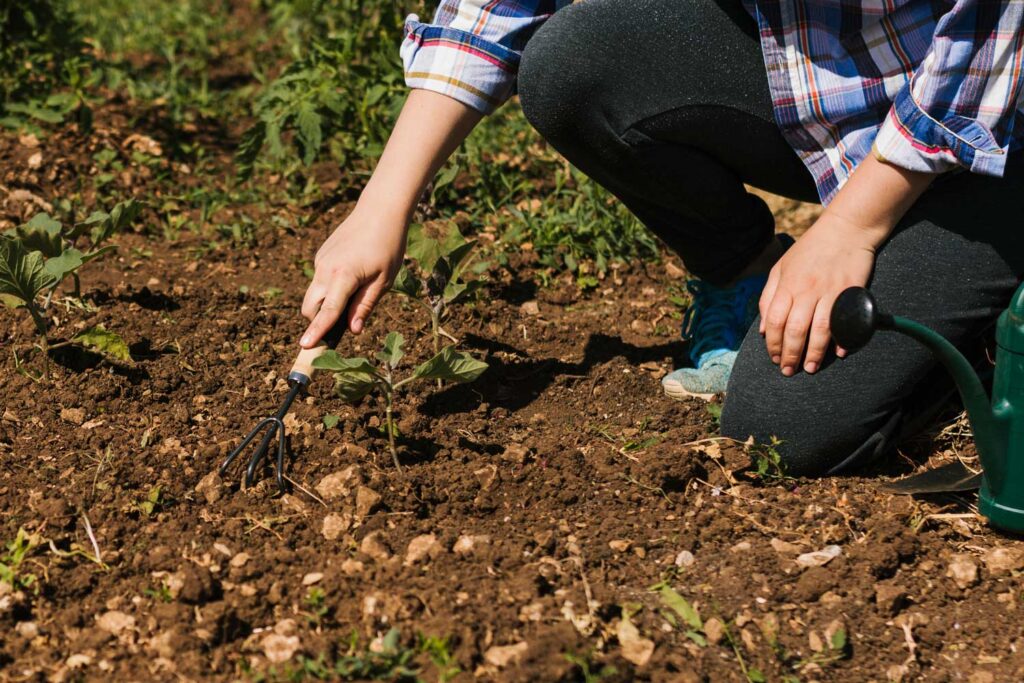

In a world where environmental consciousness is on the rise, creating a sustainable garden is a wonderful way to contribute to the planet’s well-being while enjoying a beautiful outdoor space. Whether you’re a seasoned gardener or a beginner, transforming your garden into a sustainable oasis is an achievable and rewarding endeavour. Let’s delve into the steps and principles of creating a sustainable garden that harmonizes with nature.
Begin your sustainable garden journey by understanding your garden’s unique characteristics. Take note of the following:
Location: Assess the geographical location, climate, and microclimates within your garden.
Soil Quality: Determine your soil type and its current condition. Healthy soil is the foundation of a thriving garden.
Sunlight and Shade: Identify areas of full sun, partial shade, and deep shade to select appropriate plants.
Existing Features: Note any existing trees, structures, or hardscape elements that can influence your garden design.
Native plants are nature’s gift to your garden. They have evolved over time to thrive in your specific region, making them resilient and well-suited to local conditions. When you incorporate native plants into your garden, you’re not only reducing water usage but also providing food and habitat for local wildlife.
Water is a precious resource, and a sustainable garden minimizes its use. Consider these water-efficient practices:
Drip Irrigation: Install a drip irrigation system to deliver water directly to plant roots, reducing water wastage.
Rainwater Harvesting: Collect rainwater in barrels or cisterns to use for irrigation.
Xeriscaping: Group plants with similar water requirements and use drought-tolerant species to reduce overall water usage.
Healthy soil is the cornerstone of a sustainable garden. Improve soil health by:
Composting: Create your compost with kitchen scraps and yard waste to enrich the soil naturally.
Mulching: Apply organic mulch to retain moisture, suppress weeds, and regulate soil temperature.
Lawns demand a significant amount of water and maintenance. Consider reducing the size of your lawn and replacing it with:
Drought-Tolerant Groundcovers: Low-maintenance groundcovers that require less water.
Native Plants: Replace lawn areas with native plants to create biodiversity and reduce water consumption.
Hardscape Features: Incorporate hardscape elements like patios, paths, and seating areas for both functionality and beauty.
Integrated Pest Management (IPM) is an eco-friendly approach to pest control. It involves:
Beneficial Insects: Encourage natural predators like ladybugs and lacewings to keep pests in check.
Organic Pest Control: Use organic, non-toxic solutions to manage pests while protecting beneficial insects.
If your garden features lighting, opt for energy-efficient LED fixtures with timers or motion sensors. This not only conserves energy but also reduces light pollution, allowing you to enjoy the night sky.
Select sustainable materials for hardscape features like paths, patios, and retaining walls. Recycled or locally sourced materials not only reduce environmental impact but also add character to your garden.
Invite local wildlife like birds, butterflies, and pollinators into your garden by:
Planting Nectar-Rich Flowers: Include a variety of nectar-producing flowers to attract pollinators.
Providing Habitat: Install birdhouses, bird feeders, and water sources to create a welcoming environment.
Steer clear of synthetic pesticides and fertilizers that harm the environment. Opt for organic alternatives that promote soil health and safeguard beneficial organisms.
Implement low-maintenance landscaping practices to reduce the need for constant upkeep. Proper planning and smart design can significantly reduce maintenance efforts while keeping your garden in top shape.
Plan your garden’s layout to maximize energy efficiency, encourage biodiversity, and reduce water runoff. Proper design can enhance your garden’s sustainability.
Minimize waste by choosing long-lasting garden materials, recycling when possible, and repurposing items creatively. Sustainable gardeners are resourceful gardeners.
A sustainable garden is not static but continually evolving. Regularly assess your garden’s performance, make adjustments as needed, and enjoy the ever-changing beauty it offers.
Creating a sustainable garden is a labour of love that pays dividends to both you and the environment. As your garden flourishes, you’ll find solace, beauty, and a deep connection to the natural world right in your own backyard. By harmonizing with nature, your sustainable garden becomes a sanctuary for you and a haven for the planet.